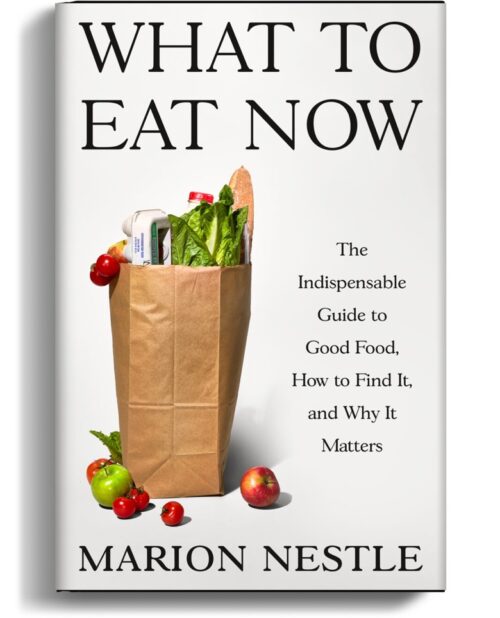The Washington Post’s series on childhood obesity
My mailbox is flooded this week with notices about the Washington Post’s front-page series on childhood obesity, in so many parts that it’s hard to keep up with. The series will run all week, apparently. Here’s are the starter links for the multiple stories on Sunday, May 18, for those on Monday, May 19, and for those on Tuesday, May 20. I’ll add the others later, but you have to scroll around to find all the parts. One, well hidden, was sent to me by Mike Pertschuk, who was the head of the Federal Trade Commission (FTC) in 1978 when it tried to regulate food marketing to kids. One reason his efforts failed was opposition from the Washington Post. Here is its 1978 editorial ridiculing the FTC for even suggesting that food marketing might have something to do with childhood obesity. Times have changed and let’s hope the FTC has another chance to deal with this question.
Here’s the link to Wednesday, May 21. And the one to Thursday, May 22.


